Why Spain is a great place for kids
Choosing the city that's right for you
Choosing the visa that's right for you
More than just great weather
Why Spain provides a better quality of life
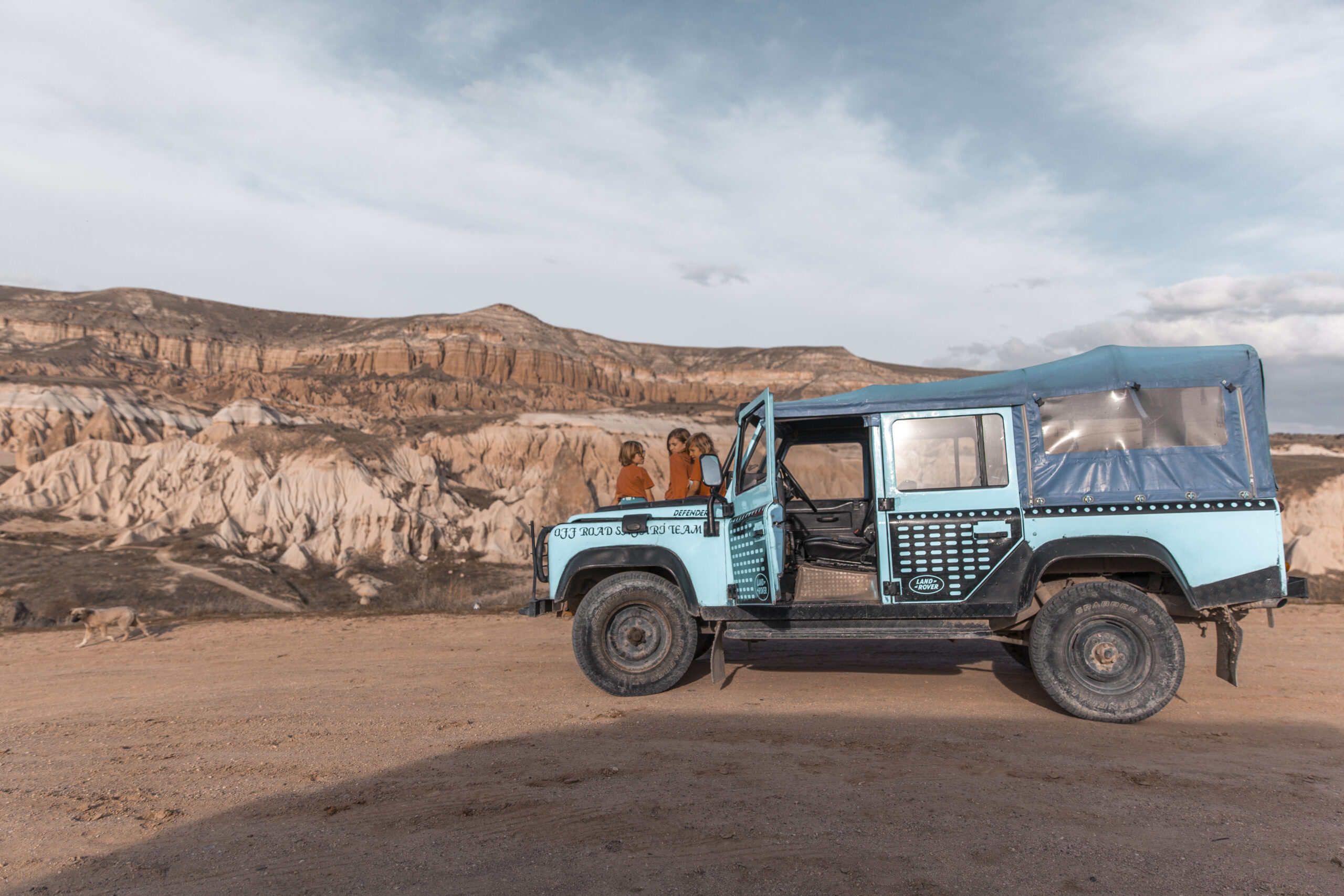
How we Plan
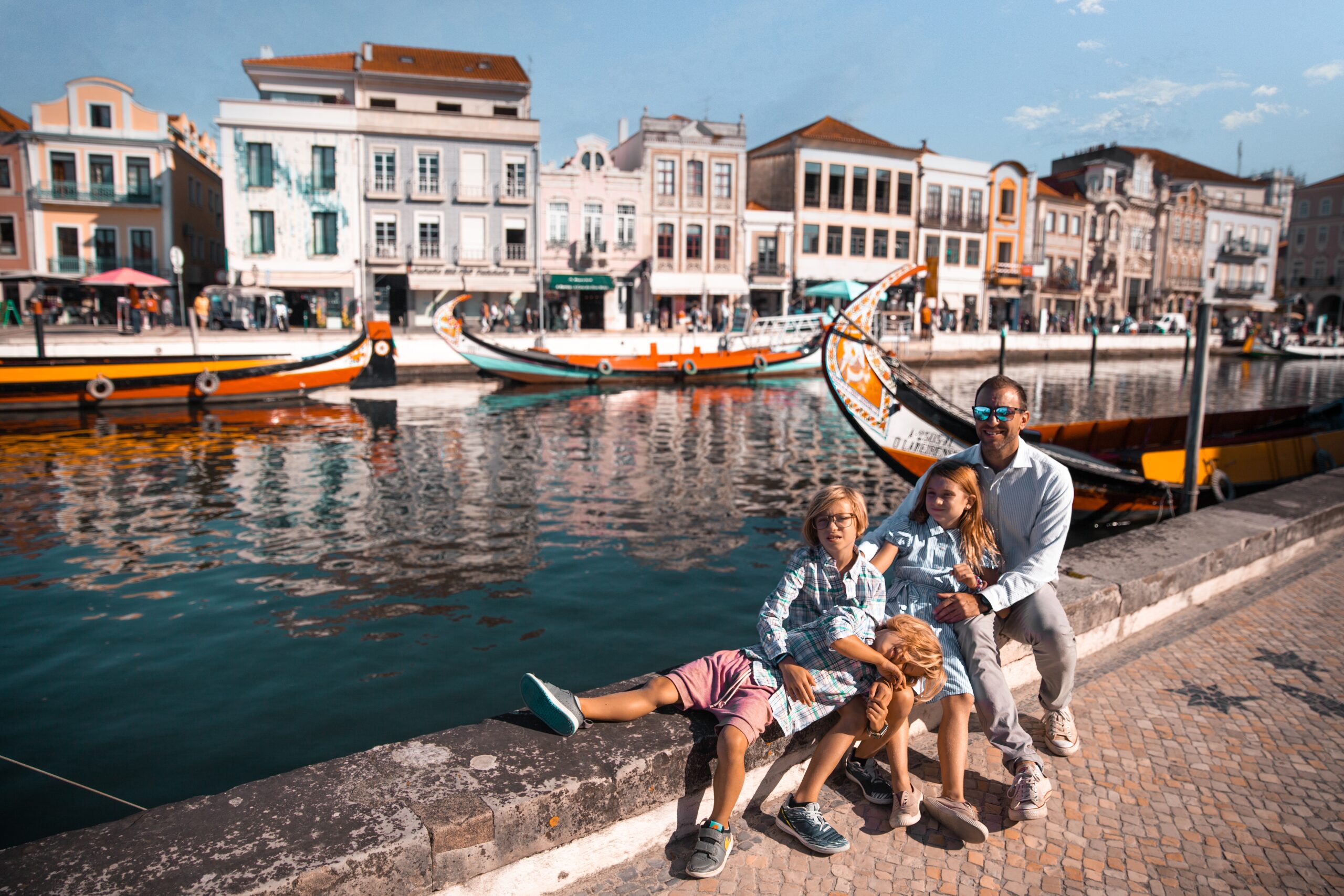
What we pack
Choosing Travel Insurance
Book Your Hotel
with Booking.com
Book Your Car
with RentalCars.com
Book Your Flight
with Skyscanner.com
Book Your Tour
with GetYourGuide.com
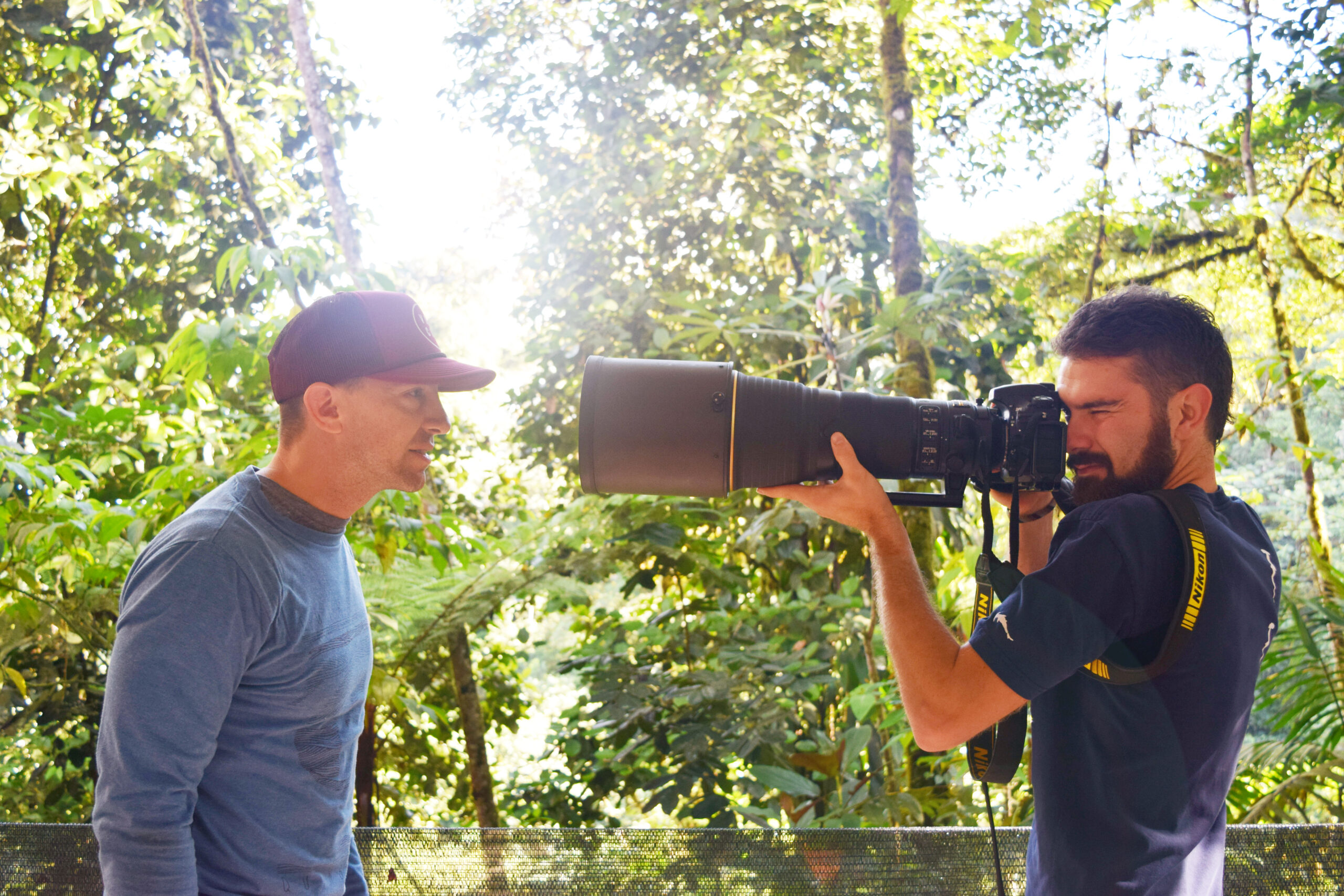
Our Camera Gear
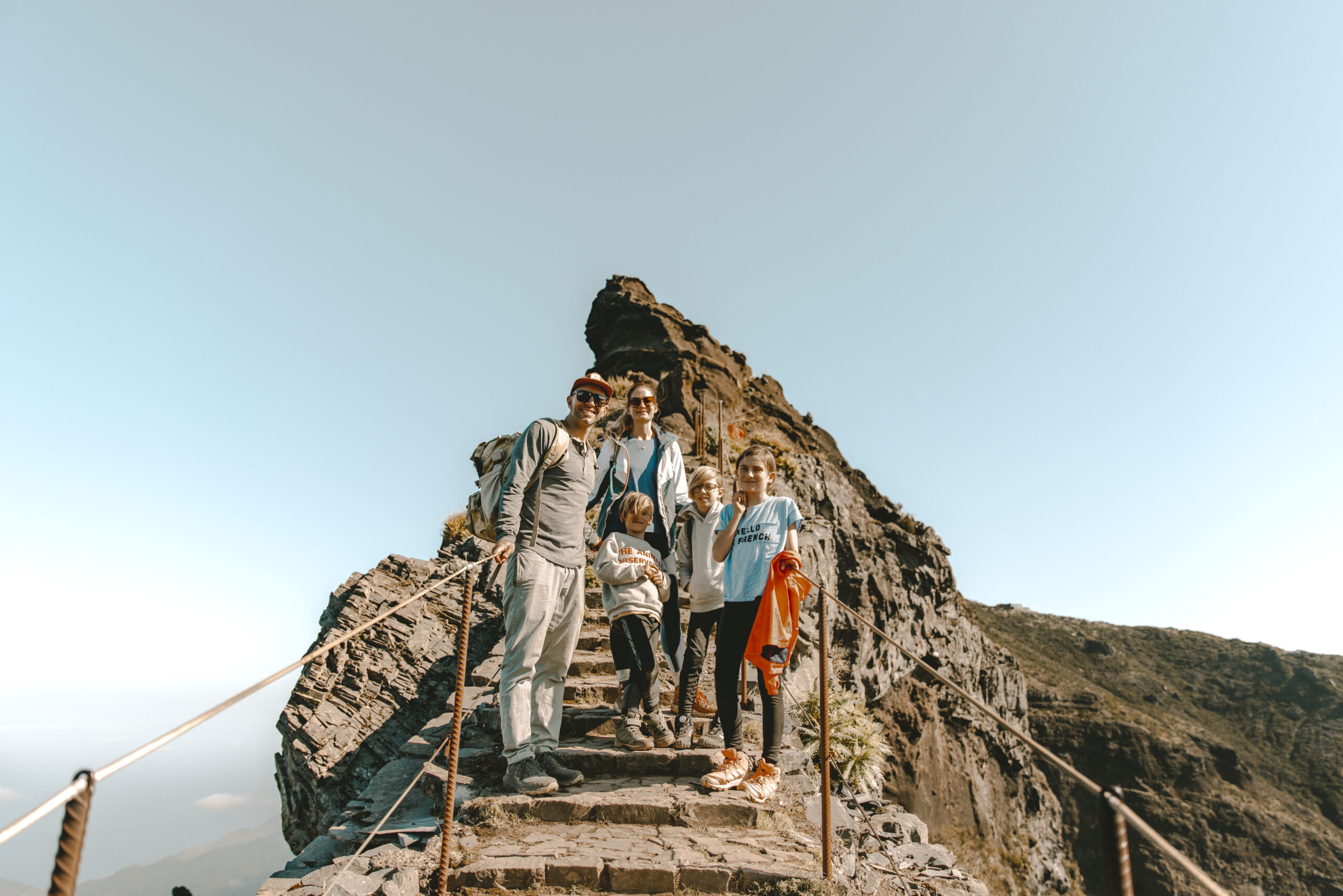
How We Fly
Choosing Your Destination
Guide to...
Ecuador
Ecuador, where majestic Andean peaks, lush Amazon rainforests, and pristine Galapagos Islands beckon travelers to explore a land of incredible biodiversity, rich culture, and breathtaking landscapes. From the bustling streets of Quito and the colorful markets of Otavalo to the misty cloud forests of Mindo and the volcanic wonders of Cotopaxi, Ecuador offers an unforgettable array of experiences for adventurers, nature lovers, and culture enthusiasts alike. Whether you’re trekking through the remote wilderness of the Andes, cruising among exotic wildlife in the Galapagos, or simply savoring the flavors of traditional Ecuadorian cuisine, this captivating country promises an unforgettable journey amidst the stunning landscapes and warm hospitality of the Equatorial region.
- Quito
- Mashpi Reserve
- Galapagos
- Zuleta
Map
Weather
Itineraries
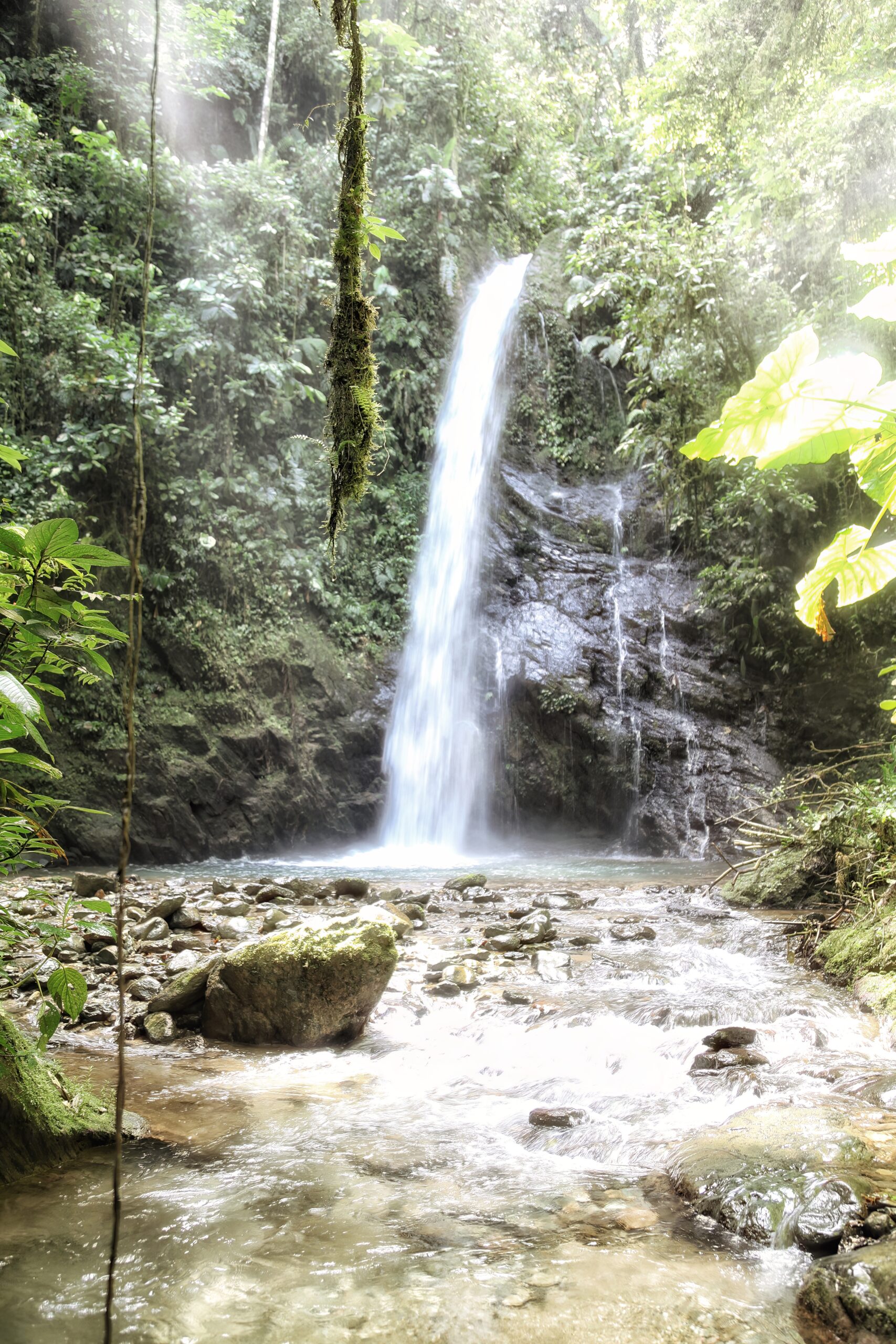
Coming Soon...
quito
Top Five Restaurants in quito
Zazu offers an exquisite dining experience with a modern twist on Ecuadorian cuisine. This upscale restaurant features a seasonal menu that highlights local ingredients and innovative culinary techniques. Guests can enjoy a variety of dishes from ceviches to grilled meats, all prepared with impeccable attention to detail.
Urko is renowned for its farm-to-table approach, bringing the best of Ecuador’s diverse landscapes to your plate. The restaurant’s menu is a culinary journey through the country’s regions, offering unique and traditional flavors presented in an elegant and contemporary style.
Octava de Corpus is a hidden gem in Quito, offering a unique dining experience in a historic setting. The restaurant specializes in Ecuadorian and international fusion cuisine, with an emphasis on fresh, local ingredients. The charming ambiance and attentive service make it a must-visit.
La Purísima stands out for its dedication to traditional Ecuadorian cuisine, served in a vibrant and colorful atmosphere. The restaurant’s menu features a variety of classic dishes with a modern touch, offering a true taste of Ecuador’s culinary heritage.
Chez Jérôme is a French-Ecuadorian fusion restaurant that combines the elegance of French cuisine with the rich flavors of Ecuador. The refined menu, curated by Chef Jérôme Monteillet, includes a selection of gourmet dishes made with the finest local ingredients.
Top Five Restaurants in quito
Casa Gangotena is a luxury boutique hotel situated in a beautifully restored mansion overlooking Plaza San Francisco. With its elegant rooms, personalized service, and an on-site restaurant offering gourmet Ecuadorian cuisine, it provides an unforgettable stay in the heart of Quito’s historic center.
Located on Quito’s main square, Hotel Plaza Grande combines colonial charm with modern amenities. This historic hotel offers luxurious suites, exquisite dining options, and stunning views of the city’s landmarks, making it an ideal choice for travelers seeking both comfort and history.
The JW Marriott Hotel Quito provides a blend of luxury and convenience with its spacious rooms, excellent dining options, and a wide range of amenities including a spa and fitness center. Its central location makes it perfect for exploring the city’s attractions and business districts.
The Hilton Colon Quito Hotel offers a mix of comfort and sophistication, featuring modern rooms, several dining options, a fitness center, and an outdoor pool. Its strategic location near the city’s financial and historical districts makes it a convenient choice for both business and leisure travelers.
Cultura Manor is a charming boutique hotel that blends classic elegance with contemporary comforts. Set in a restored heritage building, it offers beautifully appointed rooms, a cozy atmosphere, and personalized service, making it a perfect retreat for those looking to experience Quito’s cultural heritage.
FAQ's
What are the main things to do with kids in Ecuador?
Ecuador offers a variety of activities and attractions that are enjoyable for kids and families. Here are some of the main things to do with kids in Ecuador:
1. Visit the Galápagos Islands: Take a family-friendly cruise or tour to explore the unique wildlife and landscapes of this famous archipelago.
2. Explore Quito’s Old Town: Stroll through the historic center of Quito, visit the Basilica del Voto Nacional, and ride the Telefériqo cable car for stunning views of the city.
3. Visit the Mitad del Mundo: Take the kids to the “Middle of the World” monument, which marks the equator, and visit the on-site museum to learn about Ecuador’s indigenous cultures.
4. Go to the Mindo Cloud Forest: Enjoy outdoor activities like hiking, birdwatching, and visiting butterfly farms in this lush, biodiverse region.
5. Visit the Cotopaxi National Park: Explore the stunning landscapes around the Cotopaxi volcano, and enjoy hiking, horseback riding, and other outdoor activities.
6. Spend a day at the Parque de la Carolina in Quito: This large urban park features playgrounds, a botanical garden, and a small zoo, perfect for a family outing.
7. Take a train ride: Embark on a scenic train journey, such as the Devil’s Nose route or the Tren Crucero, to explore Ecuador’s diverse landscapes and cultures.
8. Visit the Ingapirca Ruins: Explore Ecuador’s largest Inca ruins and learn about the country’s pre-Columbian history.
9. Relax on the beaches: Enjoy Ecuador’s coastal towns and beaches, such as Salinas, Montañita, or Mompiche, which offer a variety of water activities and a laid-back atmosphere.
What is Ecuador famous for?
Ecuador is famous for several things, including:
1. Galápagos Islands: This archipelago is known for its unique wildlife, including giant tortoises, marine iguanas, and various species of birds, such as the blue-footed booby.
2. Biodiversity: Ecuador is one of the most biodiverse countries in the world, with a wide variety of ecosystems, including the Amazon rainforest, the Andes mountains, and coastal regions.
3. The Equator: Ecuador is named after the equator, which runs through the country. The Mitad del Mundo monument near Quito marks this line.
4. The Andes Mountains: Ecuador is home to several peaks in the Andes, including the Cotopaxi volcano, one of the world’s highest active volcanoes.
5. Indigenous cultures: Ecuador has a rich cultural heritage, with several indigenous groups, such as the Quechua and the Huaorani, each with their own traditions and customs.
6. Panama hats: Despite their name, Panama hats actually originate from Ecuador. These traditional toquilla straw hats are famous worldwide.
7. Cacao and chocolate: Ecuador is known for producing high-quality cacao beans, which are used to make fine chocolates.
8. Colonial architecture: Cities like Quito and Cuenca are known for their well-preserved colonial architecture, with buildings dating back to the 16th and 17th centuries.
9. Orchids: Ecuador is home to over 4,000 species of orchids, making it one of the world’s most diverse countries for this flower.
10. The Amazon rainforest: A significant portion of the Ecuadorian Amazon is protected, and it is home to an incredible array of flora and fauna, as well as several indigenous communities.
What power plug type does Ecuador use?
Ecuador primarily uses two types of electrical outlets:
1. Type A: This is the standard North American plug, with two flat parallel pins. It is compatible with plugs from the United States, Canada, and certain other countries. The voltage for Type A outlets in Ecuador is 120V, and the frequency is 60Hz.
2. Type B: This plug has two flat parallel pins and a round grounding pin. It is also compatible with plugs from the United States, Canada, and other countries that use Type A plugs. The voltage for Type B outlets in Ecuador is also 120V, and the frequency is 60Hz.
It’s important to note that some older buildings in Ecuador may still use Type C or Type F outlets, which are common in Europe. These outlets have two round pins and are not compatible with Type A or Type B plugs. In such cases, you would need an adapter to use your devices.
Always check the voltage requirements for your electronic devices before plugging them in, and consider using a voltage converter if your device is not compatible with 120V outlets.
Is Ecuador safe?
Ecuador is generally considered a safe country for travelers, but like any other destination, it has some safety concerns visitors should be aware of. The level of safety can vary depending on the specific area and the traveler’s personal habits.
Here are some points to consider:
1. Petty crime: Pickpocketing and bag snatching can occur in crowded areas, especially in tourist hotspots and on public transportation.
2. Robbery: Armed robbery and mugging can happen, particularly at night in urban areas.
3. Bus safety: Long-distance buses can sometimes be targeted by thieves, so keep your valuables close and be cautious when traveling by bus.
4. Natural disasters: Ecuador is located in a seismically active region and is prone to earthquakes and volcanic eruptions.
5. Health concerns: Travelers may experience altitude sickness in the Andes, and insect-borne illnesses like malaria and dengue fever can occur in some regions.
To ensure a safe trip, consider the following precautions:
1. Be aware of your surroundings and keep valuables secure.
2. Avoid walking alone at night in unfamiliar or high-crime areas.
3. Use reputable transportation services and be cautious when using public transportation.
4. Stay informed about current events and follow the advice of local authorities.
5. Purchase travel insurance to cover medical emergencies and trip interruptions.
6. Consult with a healthcare professional before your trip and take necessary precautions.
Overall, most travelers to Ecuador have a safe and enjoyable experience by taking common-sense precautions and staying informed.
How can a Ecuador travel guide help you explore the country's vibrant culture and stunning landscapes?
An Ecuador travel guide can be an invaluable resource for exploring the country’s rich culture and diverse landscapes. Here are some ways a travel guide can help:
1. Highlight top attractions: A good travel guide will showcase the must-see destinations, such as the Galápagos Islands, Quito’s historic center, the Cotopaxi volcano, and the Otavalo Market, providing insights into their significance and beauty.
2. Provide cultural context: Ecuador has a fascinating history and a vibrant cultural tapestry. A travel guide can offer background information on the country’s indigenous communities, colonial heritage, and modern-day customs, enhancing your appreciation for the places you visit.
3. Offer practical information: A travel guide can provide essential details on transportation, accommodations, dining, and safety, helping you navigate the country with ease and confidence.
4. Suggest itineraries: Whether you’re interested in wildlife, history, outdoor adventure, or a mix of everything, a travel guide can propose itineraries tailored to your interests and time constraints.
5. Recommend off-the-beaten-path experiences: In addition to the well-known attractions, a good travel guide will also highlight lesser-known gems, such as hidden waterfalls, authentic villages, and secluded beaches, allowing you to discover the country’s hidden treasures.
6. Provide language tips: Ecuador’s official language is Spanish, and a travel guide can offer basic phrases and language tips to help you communicate with locals and immerse yourself in the culture.
7. Offer insider tips: Travel guides often include insider tips from experienced travelers or locals, providing valuable insights into the best times to visit certain attractions, how to avoid crowds, and where to find the most authentic experiences.
By using an Ecuador travel guide, you’ll be well-equipped to explore the country’s stunning landscapes, from the Amazon rainforest to the Andean highlands, and to immerse yourself in its vibrant culture, from traditional music and dance to colorful markets and festivals.
What should you look for when choosing the best Ecuador travel packages?
When choosing the best Ecuador travel packages, there are several key factors to consider to ensure that you have a memorable and enjoyable experience. Here are some essential things to look for:
1. Itinerary: Look for a package that includes the destinations and activities that interest you most, such as visiting the Galápagos Islands, exploring colonial cities, or hiking in the Andes. Make sure the itinerary allows enough time at each location and has a well-balanced mix of guided tours and free time.
2. Accommodation: Consider the quality and location of the accommodations included in the package. Look for hotels or lodges that meet your preferences and are well-situated for exploring the surrounding areas.
3. Transportation: Check what modes of transportation are included, such as domestic flights, private vehicles, or public buses. Ensure that the transportation options are comfortable, reliable, and suit your needs.
4. Guides and tours: Evaluate the quality of the guides and the included tours. Look for packages that offer knowledgeable, experienced guides who can provide insights into the local culture and history. Check if the tours are well-organized and allow for a good balance of structure and flexibility.
5. Group size: Consider the size of the tour group. Smaller groups often provide a more intimate and personalized experience, while larger groups may be more cost-effective.
6. Customization options: Look for packages that offer some level of customization, such as the ability to add extra activities or accommodate special requests, to ensure that the trip meets your specific needs and interests.
7. Sustainability: If eco-friendliness and sustainability are important to you, look for packages that prioritize these values, such as those that use eco-lodges, support local communities, or have a minimal environmental impact.
8. Price and inclusions: Compare prices across different packages, but also consider what is included in each one. Some packages may have a higher upfront cost but include more meals, activities, or accommodations, providing better overall value.
9. Reviews and reputation: Research the tour operator’s reputation and read reviews from previous travelers to gauge the quality of their services and the experiences of past clients.
By carefully considering these factors, you can select an Ecuador travel package that aligns with your interests, preferences, and budget, setting the stage for an unforgettable adventure in this diverse and captivating country.
What do I need to know before traveling to Ecuador?
Before traveling to Ecuador, there are several important things you should know to ensure a safe, enjoyable, and well-prepared trip:
1. Visa requirements: Depending on your nationality and the purpose of your visit, you may need a visa to enter Ecuador. Check with the Ecuadorian embassy or consulate in your country for the most up-to-date information.
2. Vaccinations: Ensure your routine vaccinations are up to date and consider getting additional vaccinations, such as hepatitis A, hepatitis B, and yellow fever (required if arriving from certain countries), based on your travel plans and health condition.
3. Language: Ecuador’s official language is Spanish. While some people in the tourism industry speak English, learning some basic Spanish phrases can be helpful.
4. Currency: Ecuador uses the US dollar as its official currency. Bring cash, as not all establishments accept credit cards, especially in smaller towns and rural areas.
5. Climate and clothing: Ecuador’s climate varies depending on the region and altitude. Pack appropriate clothing for your destinations, including layers for cooler temperatures in the highlands and rain gear for the Amazon region.
6. Altitude: If you plan to visit high-altitude areas like Quito or the Andes, be prepared for possible altitude sickness. Allow yourself time to acclimatize and consider consulting with your doctor before your trip.
7. Safety: While Ecuador is generally safe, petty crime and pickpocketing can occur in tourist areas. Be vigilant, keep valuables secure, and avoid walking alone at night in unfamiliar areas.
8. Transportation: Buses are the most common form of public transportation in Ecuador. Taxis are also widely available, but ensure you use registered taxis and agree on the fare before beginning your journey.
9. Food and water: Be cautious when consuming street food and drinks, and stick to bottled or purified water to avoid water-borne illnesses.
10. Travel insurance: Consider purchasing travel insurance to cover unexpected medical expenses, trip cancellations, or loss of belongings.
11. Galapagos Islands: If you plan to visit the Galapagos Islands, be aware that there are strict regulations in place to protect the unique ecosystem. You’ll need to book your visit through a licensed tour operator and follow all park rules.
By keeping these points in mind and doing your research, you’ll be well-prepared for an amazing trip to Ecuador.
What are 5 interesting facts about Ecuador?
Here are 5 interesting facts about Ecuador:
1. Biodiversity:
– Ecuador is one of the most biodiverse countries in the world relative to its size.
– It is home to over 1,600 bird species, more than 4,000 orchid species, and 38 endemic reptile species in the Galápagos Islands alone.
– Ecuador contains parts of the Amazon rainforest and the Andes Mountains, contributing to its diverse ecosystems.
2. The Equator:
– Ecuador is named after the equator, which runs through the country just north of the capital city, Quito.
– The Mitad del Mundo (Middle of the World) monument was built to mark the equator’s location, although modern GPS measurements show that it is actually about 240 meters off the exact equatorial line.
3. Galápagos Islands:
– The Galápagos Islands, located about 1,000 km off Ecuador’s coast, are a UNESCO World Heritage site renowned for their unique wildlife.
– These islands were instrumental in Charles Darwin’s development of the theory of evolution by natural selection.
– The islands are home to species found nowhere else on Earth, like the Galápagos tortoise, marine iguana, and the Galápagos penguin – the only penguin species that lives north of the equator.
4. Panama Hats:
– Despite their name, Panama hats actually originated in Ecuador.
– These traditional brimmed hats are hand-woven from toquilla straw and have been produced in Ecuador since the early 1600s.
– The hats were worn by workers building the Panama Canal in the early 20th century, which led to their misleading name.
5. Cocoa Production:
– Ecuador is known for producing high-quality cocoa beans, which are the main ingredient in chocolate.
– The country’s unique Arriba cocoa beans are known for their floral and fruity notes, making them highly sought-after by chocolatiers worldwide.
– Ecuador is the world’s largest producer of fine aroma cocoa, accounting for over 60% of global production.
These fascinating facts highlight just a few of the many reasons why Ecuador is such a captivating and unique country to explore.

